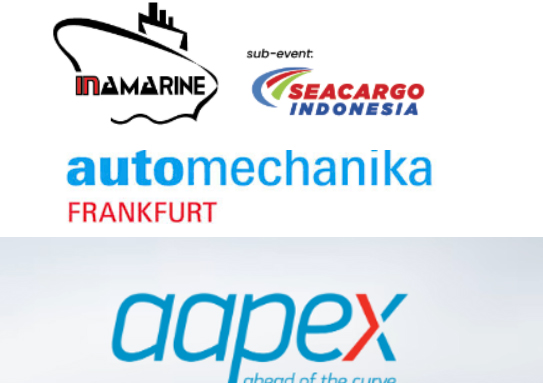differential shaft seal
Understanding Differential Shaft Seals Importance and Function
Differential shaft seals play a crucial role in the operation of various machinery, particularly in vehicles and industrial equipment. They are essential components that help maintain the integrity of the differential, ensuring smooth and efficient operation while preventing leaks of lubricant or fluids.
What Are Differential Shaft Seals?
Differential shaft seals are specifically designed seals that fit around the rotating shafts of a differential. They create a barrier to contain the lubricant within the differential housing while allowing the shafts to rotate freely. These seals are typically made from durable materials such as rubber, polyurethane, or synthetic compounds that can withstand the harsh conditions often found in automotive or industrial applications.
Importance of Differential Shaft Seals
The primary function of a differential shaft seal is to prevent lubricant leaks. The differential is filled with gear oil or lubricant that helps keep the gears running smoothly. Without effective sealing, this essential fluid can escape, leading to increased friction, overheating, and, ultimately, catastrophic failure of the differential. Regular maintenance or replacement of these seals can help extend the life of the differential and improve overall performance.
Additionally, differential shaft seals protect the internal components from contaminants such as dirt, dust, and moisture. The ingress of these particles can cause wear and tear on the gears and bearings, leading to costly repairs. By keeping the differential sealed, these seals help ensure that the lubricant remains clean and effective over time.
differential shaft seal

Types of Differential Shaft Seals
There are several types of differential shaft seals available, including single-lip seals, double-lip seals, and improved designs with added features to enhance performance. Single-lip seals are the most common, utilizing a simple design to create a barrier against leaks. Double-lip seals offer added protection by providing two sealing surfaces, which can be particularly beneficial in environments where exposure to contaminants is a concern.
The choice of seal can depend on various factors, including the specific application, the type of lubricant used, and operating conditions such as temperature and pressure. It's essential to select the appropriate differential shaft seal to ensure optimal performance and longevity.
Maintenance and Replacement
While differential shaft seals are designed for durability, they can wear out over time due to exposure to extreme conditions, including high temperatures and chemical exposure. Regular inspection of the seals, particularly during routine vehicle maintenance, can help identify signs of wear, such as cracks or fluid leaks. If a seal is found to be compromised, it should be replaced promptly to prevent further damage to the differential.
In conclusion, differential shaft seals are critical components that ensure the effective operation of a differential while protecting against leaks and contamination. Understanding their function and importance can help users maintain their machinery in optimal conditions, ultimately leading to improved performance and reduced repair costs. Regular inspection and timely replacement of these seals contribute significantly to the longevity and reliability of the equipment they protect.
-
The Ultimate Guide to Boat Propeller Bearings and Trailer Wheel Bearings
News Jul.31,2025
-
The Essential Guide to Marine Bearings and Boat Trailer Wheel Bearings
News Jul.31,2025
-
The Complete Guide to Heavy Duty Seals: Protecting Doors and Spaces Efficiently
News Jul.31,2025
-
Essential Guide to Marine Shaft Bearings and Boat Trailer Axle Bearings
News Jul.31,2025
-
Comprehensive Guide to Marine and Trailer Bearings for Safe Boating and Transport
News Jul.31,2025
-
Comprehensive Guide to Automotive Oil Seals: Protecting Your Engine and Shafts
News Jul.31,2025
-
Understanding Automotive Oil Seals: Essential Components for Engine and Shaft Protection
News Jul.30,2025
Products categories















